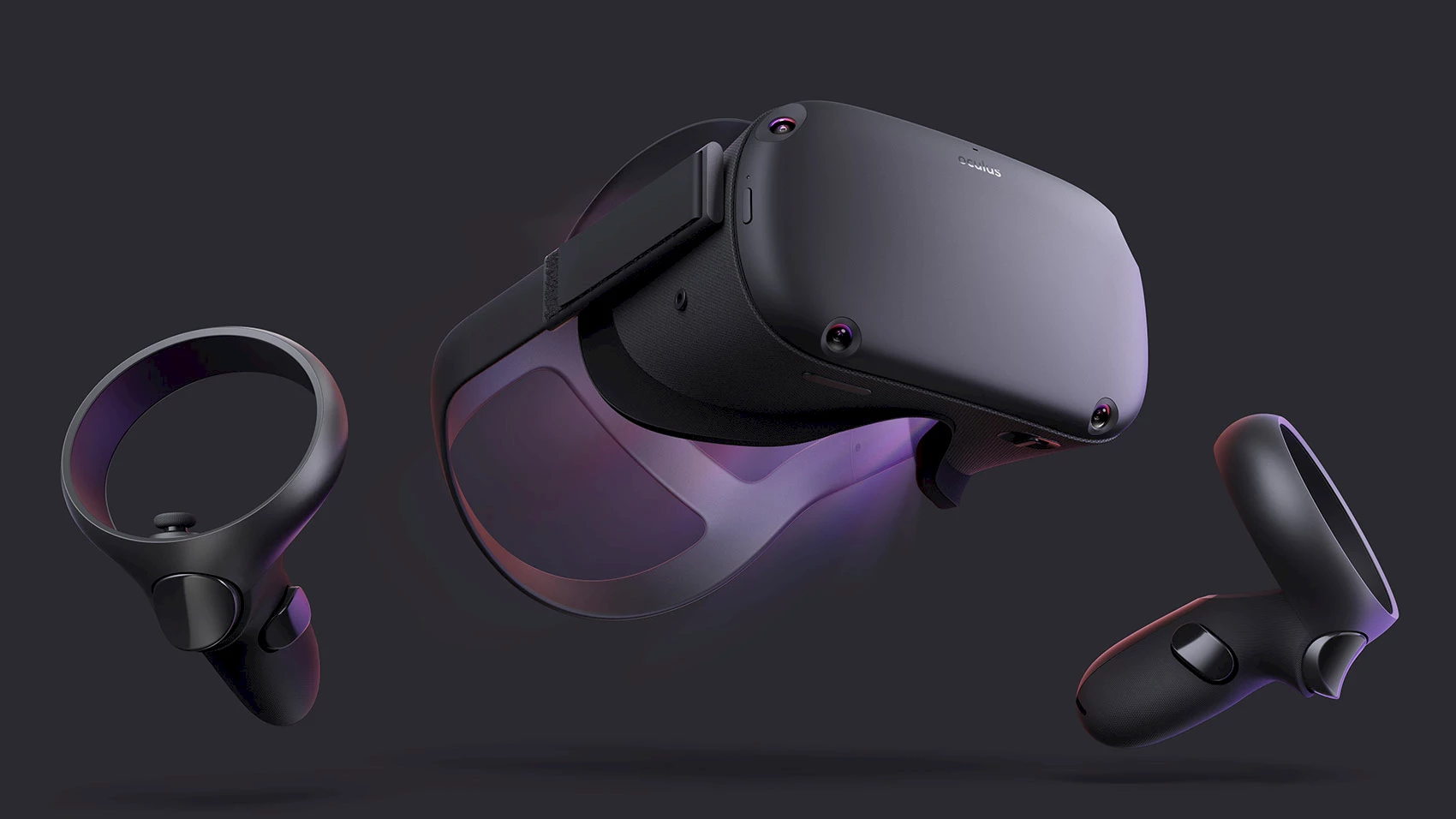Oculus Quest

Oculus Quest. © Facebook.
Virtual reality headsets like the Oculus Rift and the HTC Vive need to be tethered to powerful PCs, while mobile-phone VR is skinny and far less immersive. But Facebook’s new Oculus Quest seems to the best solution available, at a (relatively) reasonable price to boot. The Oculus Quest is completely autonomous and wireless, which means that it doesn’t have to be connected to a PC or a smartphone to work. The headset weighs 870g, or about 100g more than the Oculus Rift, the Oculus Go and the HTC Vive, which is still acceptable. The OLED display has a resolution of 2,880x1,600 (1,440x1,600 per eye), which is better than the Rift (1,080x1,200) and the Go (1,280x1,440). Under the hood is a Qualcomm Snapdragon 835, 4GB of RAM and 64GB of non-extensible storage. It provides 2 to 3 hours of autonomous gaming. The Oculus Quest will be available as of May 21 for USD400, and can already be pre-ordered.
⇨ Ars Technica, “Oculus Quest review: 2019’s best new gaming system is wireless, affordable VR.”
⇨ Mashable, “Oculus Quest review: A new milestone for VR.”
